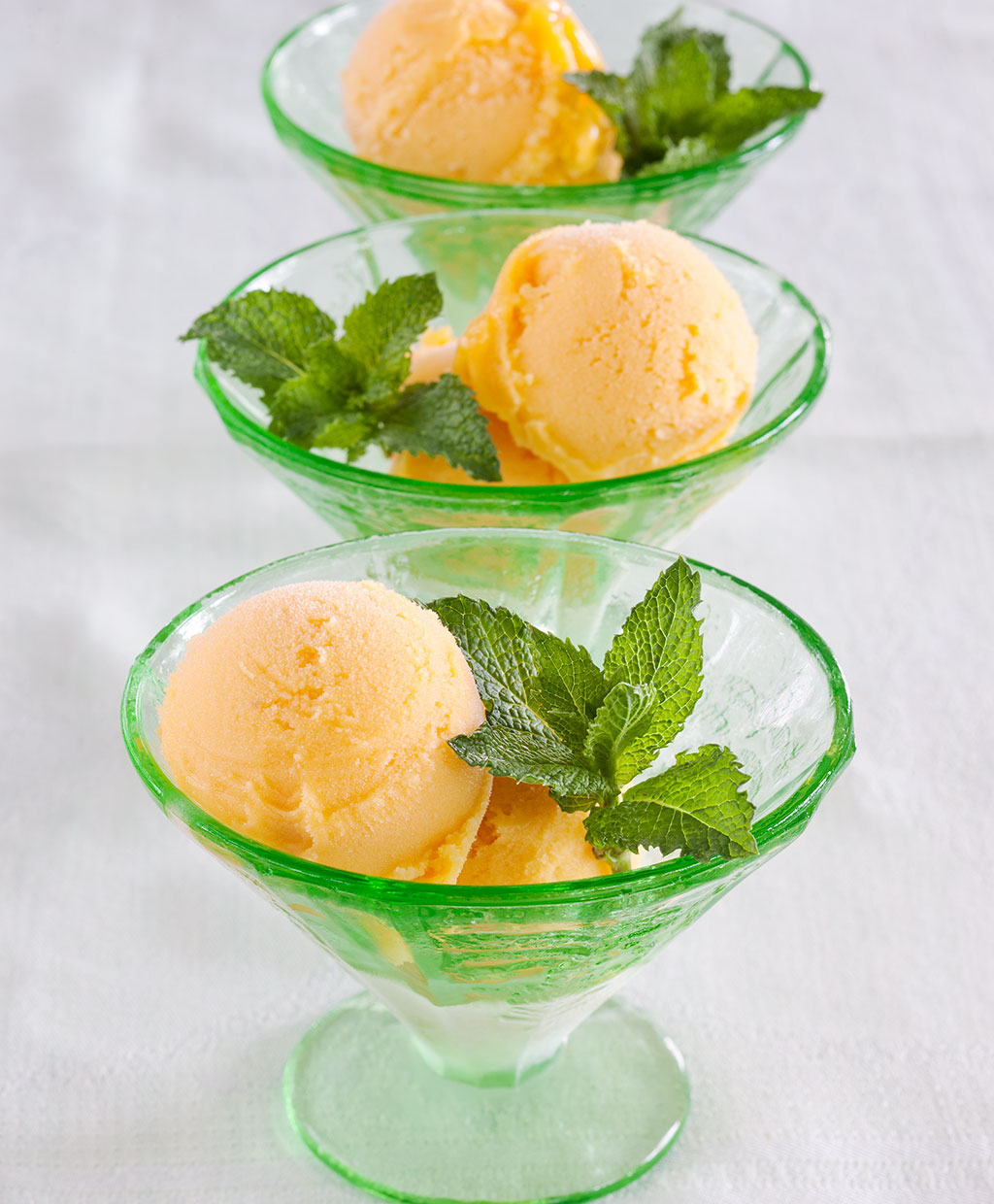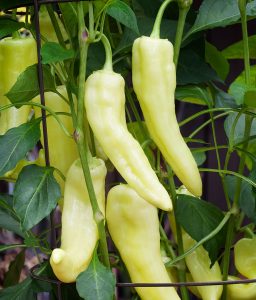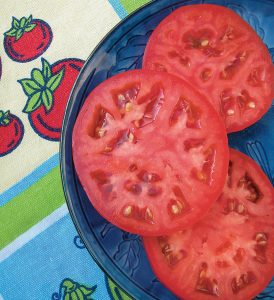

Mint is one of the easiest herbs to grow. This one has extra large leaves that most cooks really like for chopping into sauces and drinks. Our sweet mint is grown from cuttings of a variety that comes to us from Israel, where mint is used in many dishes, from lamb to yogurt sauce. We think you’ll like the rich spearmint flavour of this variety. This plant can go a little crazy, though, so be careful or it can spread farther than you might like. For this reason many people grow it in a pot. The long stems can even be trained on a little wire trellis, especially in spots where a a bit of shade causes it to stretch. Keep pinched to encourage tender new leaves.
- Type Perennial in zones 5 to 11
- Planting time Spring
- Features Aromatic leaves
- Light Full sun to partial shade
- Soil Moist
- Spacing 24 inches
- Plant size 1 to 2 feet tall and wide
- Garden use Herb garden, containers
- Culinary use Teas and other beverages, salads, garnish, jelly, desserts
Light requirements Full sun to part shade. Protect plants from hot afternoon sun in southerly zones.
Planting Space 18 to 24 inches apart.
Soil requirements Nutrient-rich, moist soil is ideal, although mint grows in nearly any type of soil. Amend soil with organic matter, such as compost.
Water requirements Mint thrives in moist to slightly soggy soil. Consider planting mint near downspouts or in low, damp spots in your yard.
Frost-fighting plan Mint is perennial in zones 3 to 11. Plants tolerate light frosts, but eventually die back to the ground in all but the warmest zones. If you need plants to survive a light frost, cover them with a frost blanket. Protect newly planted seedlings from late spring frosts.
Common issues Mint can quickly overrun a planting bed, spreading by above- and underground stems. Keep it in check by planting in containers or beds bordered by sidewalk or driveway, or by planting in partially submerged pots in planting beds. Leaf flavor turns bitter when flower buds appear. Mint is generally pest-free.
Harvesting Pick mint leaves at any point in the growing season. For strongest flavor, harvest leaves at midday when essential oil concentrations are strongest. Gather individual leaves or clip leafy stems. Plants branch freely from just below where you snip stems, so place cuts to prune and shape plants.
Storage Store mint stems at room temperature in a water-filled jar; use within a week for freshest flavor. Stems root easily in water. For longer storage, dry or freeze leaves.



